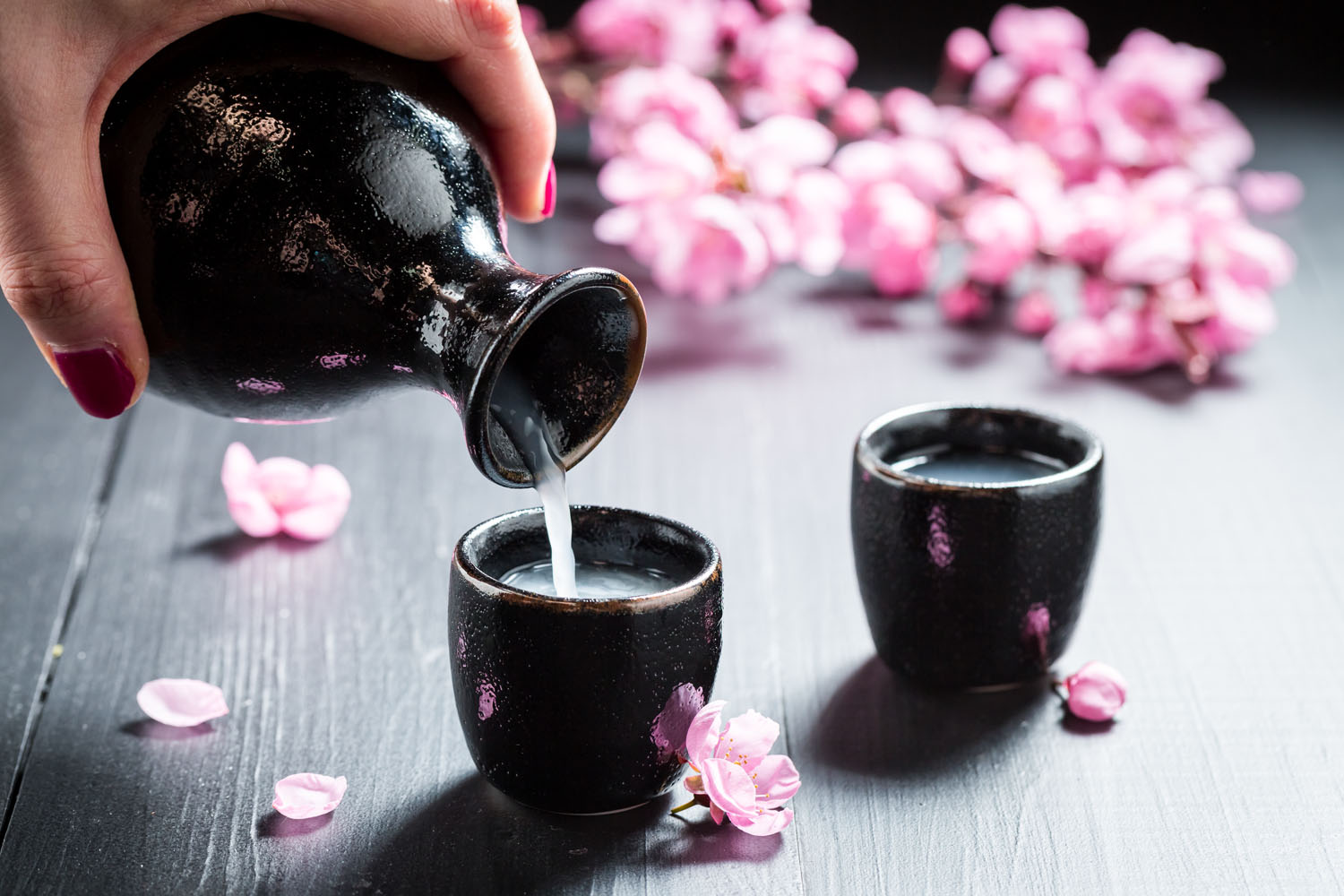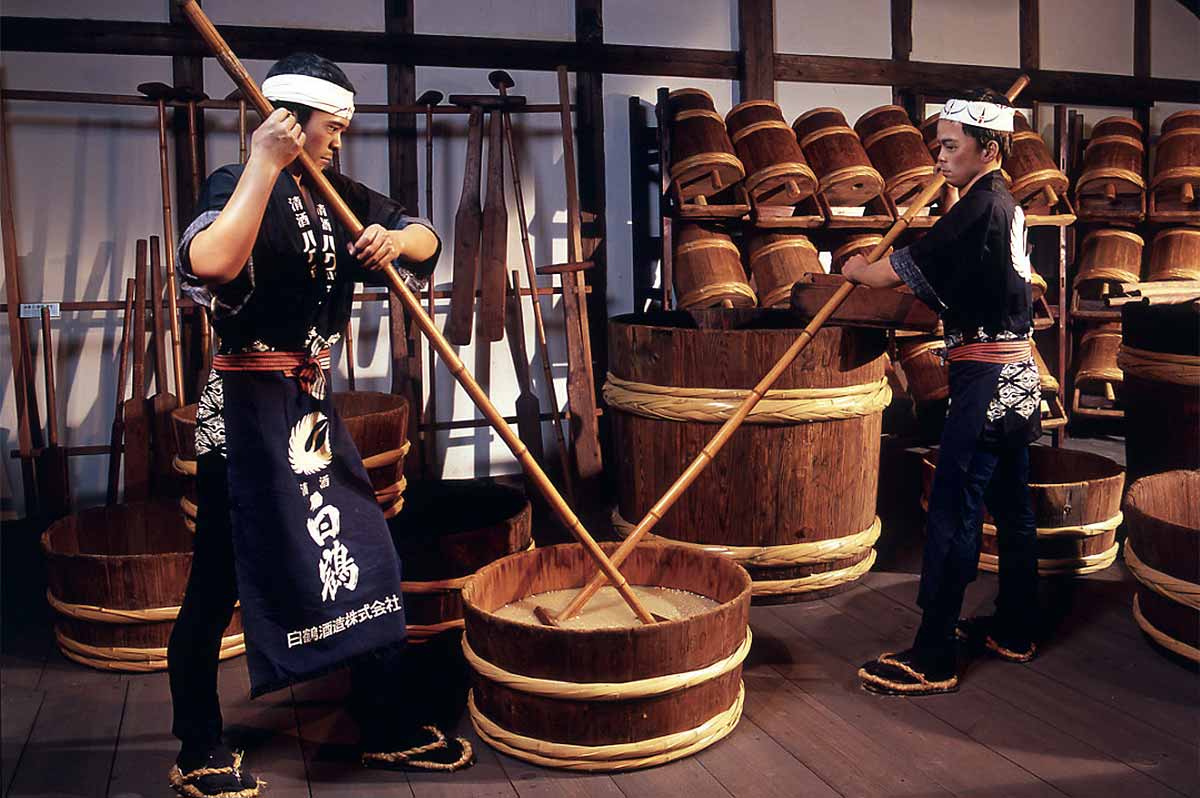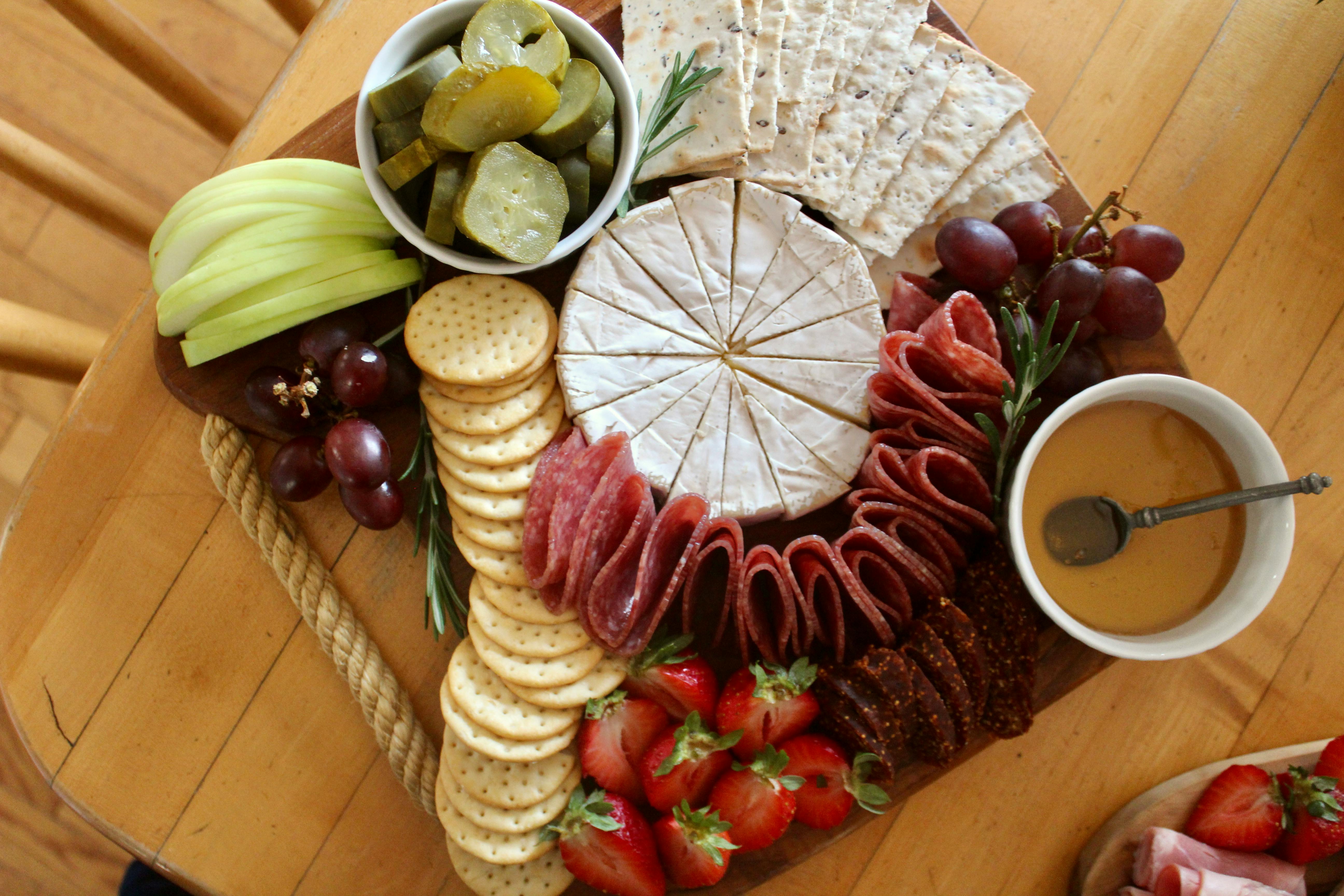Japanese Sake
In the land of the rising sun, where tradition and innovation coalesce, there lies a sacred libation that transcends centuries of Japanese Sake

Listen to the summary of this Blog
Introduction
In the land of the rising sun, where tradition and innovation coalesce, there lies a sacred libation that transcends centuries of Japanese heritage - Sake. Known for its delicate flavors and rich cultural significance, holds a revered place in Japanese rituals, celebrations, and daily life. This traditional rice wine, with its intricate brewing process and unique taste profile, continues to captivate the palates of connoisseurs worldwide. Japanese Sake
In this blog, we embark on a journey to unravel the mystique of, exploring its historical roots, the art of brewing, the diverse range of varieties, and the cherished place it occupies in Japanese culture. Prepare to immerse yourself in the world of, where ancient traditions harmonize with contemporary allure.
1. The Origins of Sake: A Divine Gift from the Gods
Japanese sake, also known as Nihonshu, traces its origins back to the mythical age of gods and goddesses in Japanese folklore. It is believed that sake was bestowed upon humanity by the Shinto deity of rice, agriculture, and fertility, known as Kami-Tsu-Hikone-No-Mikoto. This divine gift of fermented rice has since become an integral part of Japanese culture, taking center stage in ceremonies, festivals, and social gatherings.
2. The Brewing Process: A Masterful Art of Simplicity
The brewing of is a meticulous art that marries simplicity with precision. The process begins with the careful selection of premium rice, water, yeast, and Koji mold. The Koji mold plays a pivotal role in converting the rice starches into fermentable sugars, initiating the fermentation process. The artful blending of these elements determines the unique flavors and aromas of each sake. Japanese Sake
3. Sake's Flavor Profile: An Intric
ate Symphony of Tastes
Japanese sake boasts a diverse flavor profile that caters to a wide range of preferences. From delicate and floral to robust and full-bodied, each variety of sake offers a distinctive taste experience. The classification of sake is based on factors such as the rice polishing ratio and brewing techniques, influencing the sweetness, acidity, and aroma.
4. Junmai, Ginjo, Daiginjo: Unveiling Sake's Diverse Varieties
Japanese sake can be categorized into several types, with Junmai, Ginjo, and Daiginjo being among the most sought after. Junmai sake is brewed purely from rice, water, yeast, and Koji mold, without any
added alcohol. Ginjo and Daiginjo sakes undergo a more refined brewing process, with rice grains polished to a higher degree, resulting in delicate and fragrant profiles. Japanese Sake
5. The Role of Sake in Japanese Culture: Ceremonies and Festivities
In Japan, sake is more than a beverage; it is a symbol of cultural heritage and social bonding. Sake plays an essential role in Shinto rituals, where it is offered to the gods as a gesture of gratitude. Traditional ceremonies, such as weddings and festivals, feature the ceremonial breaking of sake barrels, signifying prosperity and
unity.
6. Sake Etiquette: Toasting to Tradition and Respect
Partaking in sake carries a sense of respect for Japanese customs and traditions. Observing sake etiquette, such as pouring for others and accepting refills graciously, is a mark of cultural sensitivity and appreciation. Learning the art of pouring sake and understanding sake cup variations adds an extra layer of enjoyment to the drinking experience. Japanese Sake
7. Beyond Sake: The World of Sake Cocktails and Pairings
As sake continues to gain popularity on the global stage, mixologists and chefs have embraced its versatility. Sake cocktails, ranging from classic to innovative, offer a delightful fusion of flavors. Additionally, sake pairings with Japanese cuisine and international dishes create a harmonious dining experience, enriching the flavors and textures of both the food and sake.
8. The Future of Sake: Embracing Tradition and Innovation
In the midst of a changing world, Japanese sake stands as a testament to the preservation of tradition while embracing innovation. Modern breweries employ advanced technologies and experiments with aging techniques, all while honoring the essence of Japanese sake-making passed down through generations.
9. The Sake Brewery Experience: Pilgrimage to the Heart of Sake Production

For enthusiasts seeking to deepen their connection with sake, visiting a traditional sake brewery is an enlightening pilgrimage. Guided tours offer insights into the brewing process, tasting rooms allow exploration of various sake varieties, and engaging with sake artisans imparts a profound appreciation for the craft.
10. The Global Sake Renaissance: Embracing Sake Beyond Japan's Borders
As the appreciation for Japanese culture expands worldwide, so does the popularity of sake. From boutique sake bars to sake festivals, sake enthusiasts outside Japan are embracing the ancient beverage with reverence. Sake exports are on the rise, inviting a growing international community to experience the charm of Japanese sake.
Conclusion
In conclusion, Japanese sake is more than a drink; it embodies the essence of Japanese culture, tradition, and craftsmanship. Its history and brewing process reflect the deep-rooted respect for nature and the art of simplicity. The diverse range of sake varieties offers a spectrum of flavors to be explored and celebrated. As sake continues to transcend borders, its enduring appeal invites enthusiasts to savor the sacred elixir and immerse themselves in the cultural treasure that is Japanese sake.
4808 Jefferson Hwy,
Jefferson, LA 70121, United States.
What's Your Reaction?
























